Every August 1st the Andean culture worships Mother Earth or “Pachamama” by following the indigenous traditions of the native peoples. Pachamama is a creative and protective deity that shelters men, makes life possible and supports fertility. As part of our gratitude for the help and protection, the “ALTOMISAYOC” (Andean priests responsible for performing the ceremony) are obliged to give back to the Pacha in various ways, not just on special occasions and at ritual sites, but during all culturally significant events. For the offering, you should make a ceremonial blanket, and know where it is going to be distributed. You should know how to choose, and order the coca leaves for the k’intus (three ceremonial coca leaves) that are used in the offerings, and you must also know about all of the other elements that are
sometimes used such as seashells, seeds, huayruros, sweets, llama fetuses, and other objects depending on the intention of the payment or offering. Families from the city of Cusco keep this tradition alive by putting yellow confetti, and yellow flowers in every corner of their homes, as well as by lighting incense in every room as part of the tradition that has been passed down from generation to generation. The offering ceremonies for Pachamama are held during the first day of August. This day marks an important custom of the Andean people. The offering ceremonies, commonly known to the Andean people as, “payments to land or payments to Pachamama” are rituals of the ancestors. The offerings are part of a system of reciprocity between the material world and the spiritual world. The purpose of the ritual is to give back to Mother Earth what she has given you, to express your deepest desires, what you want to achieve in our life, and what you want for your loved ones. These rituals continue throughout the entire month of August. There are two types of ceremonies practiced by the Andean people. There are private offerings, and community offerings. During the community offerings, the Andean priests perform the ancestral ceremonies. These ceremonies are meant to satisfy the hunger of Pachamama and to grant the blessings Taxi Cusco. The offerings to Mother Earth are related to the origin story of the relationship between the Andean man, specifically the peasant, and Mother Earth or “Pachamama”
Mother Earth and Andean Religion
The offering is a symbolic way in which men and women can give back to Pachamama what he or she has taken from it. The primary purpose is the restoration of an exchange between human beings and nature.
The Pachamama is a “deity” that represents the “Mother Earth”, who is a protector, provider, and source of life and fertility
Ceremonies, offering, and rituals
The primary purpose is the restoration of reciprocity between human beings and nature. With the offering or payment, the peasant asks for permission from the Pachamama to be able return some of the resources provided by Pachamama in a symbolic way. These rituals are also destined for the “Apu” or spirit of the mountain. The APU is the masculine aspect of nature, and the Pachamama is the feminine aspect. The APU protects the animals, and the men. The APU also fertilizes the Pachamama.
The offering is an act of cosmic trade. It is the realization of the universal and cosmic justice or the fulfillment of a mutual duty. The belief is that if the Andean people ceased to practice these customs, there would be a breakdown in the equilibrium in the natural, social and religious systems. For the Andean people, the offerings are a way to reconcile with the spiritual forces in order to avoid misfortunes. They also represent rites of passage. These offering rituals are overseen by specialists of the Andean religion who have been educated in the ways of the ceremonies, and have a high level of expertise regarding the offerings and the entire process. They can be classified in different hierarchies or levels of priesthood. Advancing to a higher level is a long and complex process. The first level is the Pampamisayoq, which means “the one that has its table of work in the Pampa”.
The Altomisayoq or HATUNMISAYOQ is considered within the range of priests. Their work is considered prophetic, charismatic and mystical. It is said that the priests have the power of to communicate with entities or spiritual beings of the religious world. In order to reach this rank, one goes through a test called “Karpay” and after that is devoted to the service of an assigned APU. This is temporary, and can be terminated in some cases such as a misuse of power, collection of money for self-enrichment or reprehensible sexual behavior. There is an even higher rank in the Andean priesthood that is the Kuraq Akulleq, who has the ability to have an intense connection with higher spirits. The Andean priests know how to make the ceremonial blanket, and they have to know how to pick and order the coca leaves for the K’intus (three coca leaves that are used for the ceremony). They must also know about all the other elements that are involved, such as seashells, seeds, and huayruros. They can also cure ailments with medicinal plants, divinations and magical diagnoses. The have the ability to read the coca leaves, and see bad or good luck. They can provide amulets, talismans and the like.

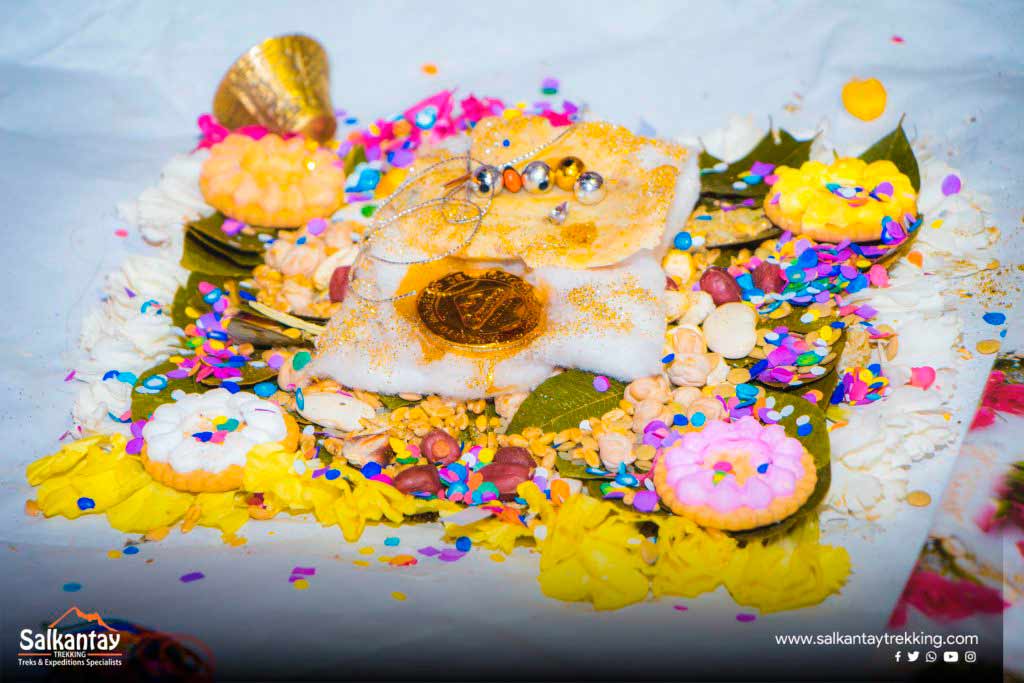
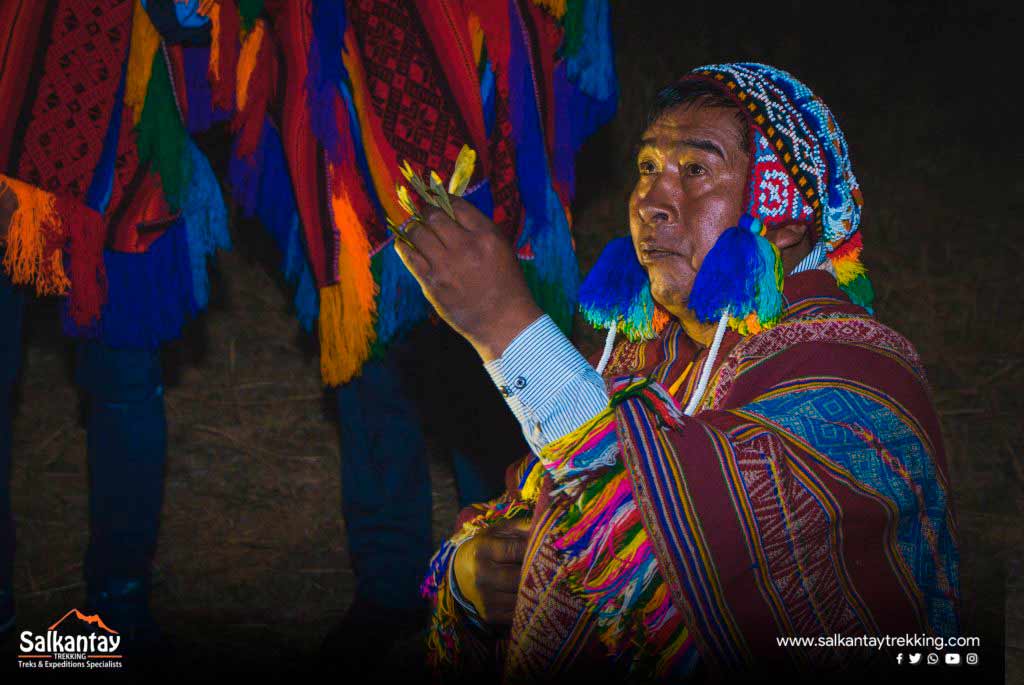
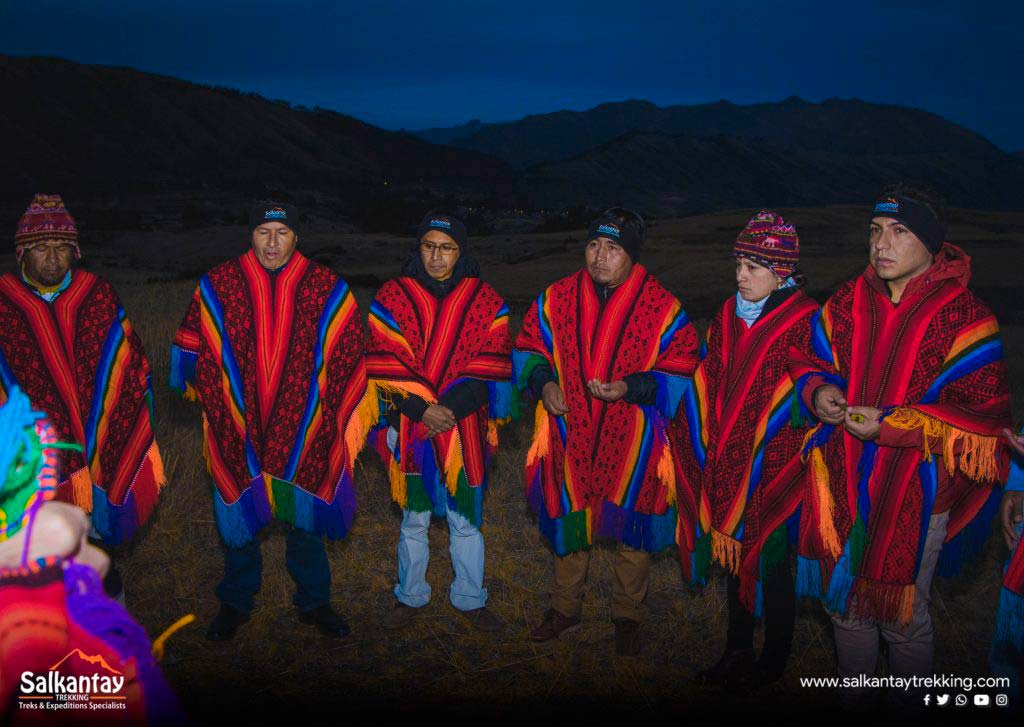
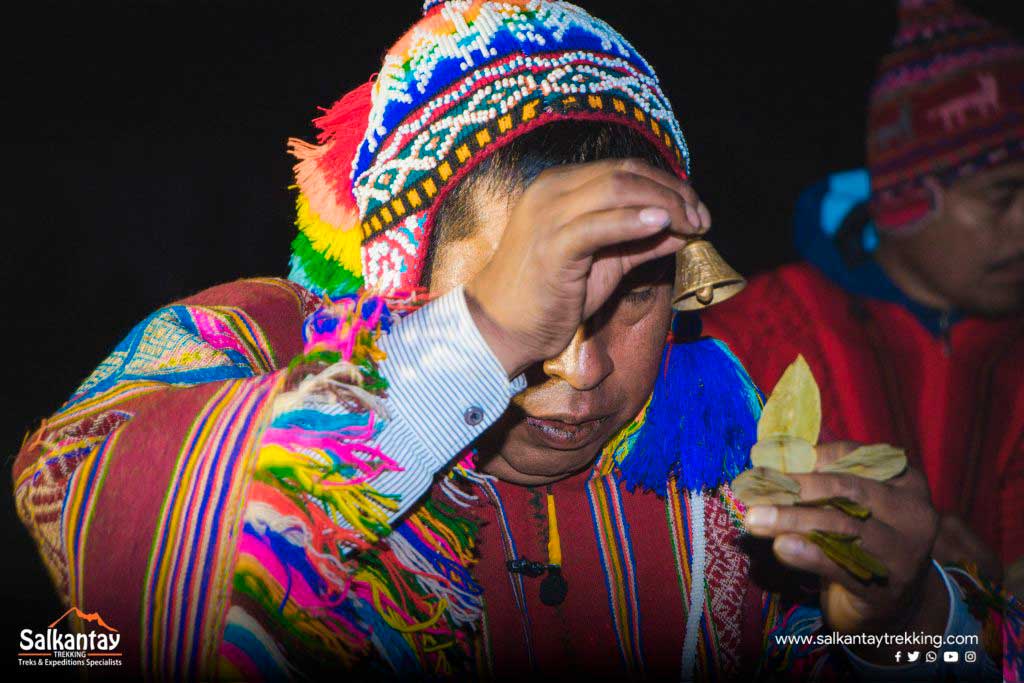
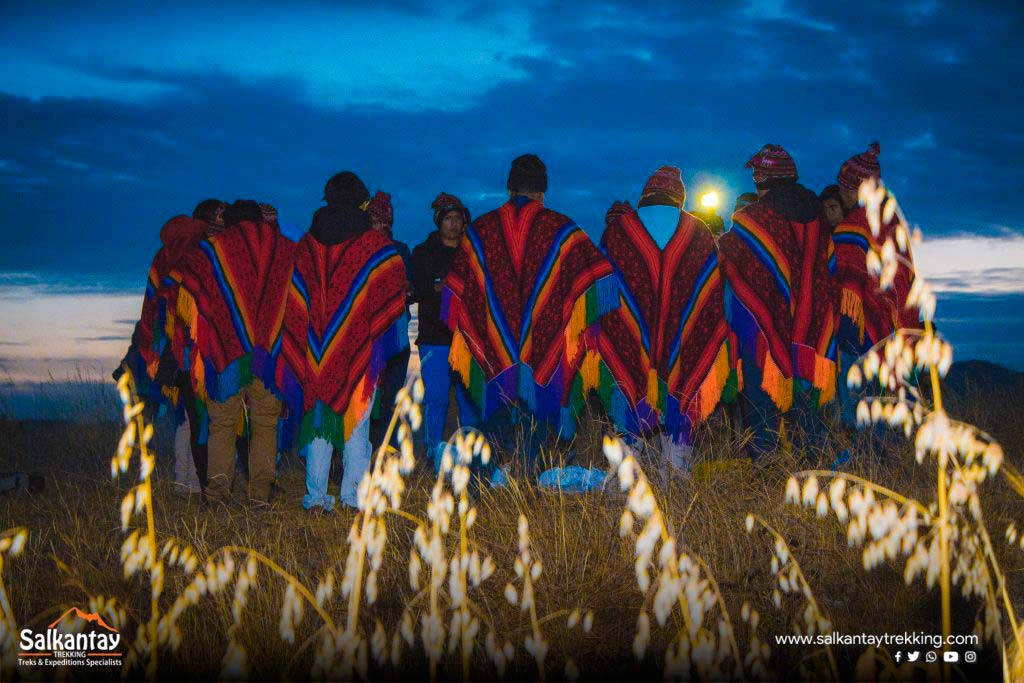
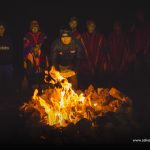
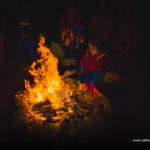


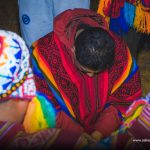
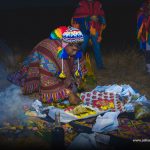
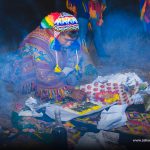

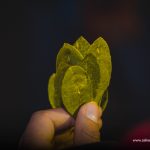

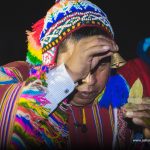
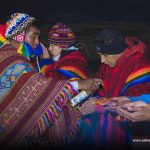
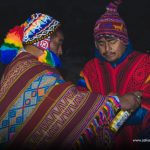
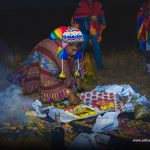
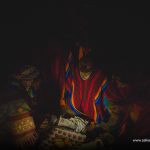
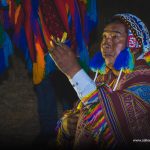
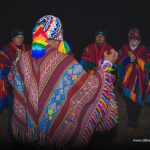
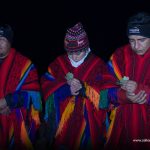
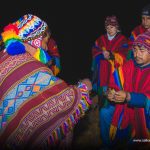
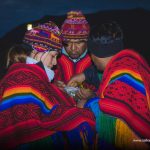
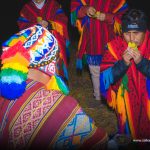

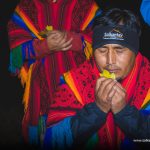
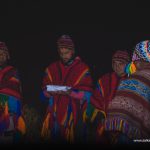
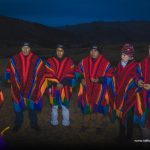
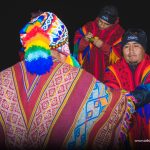
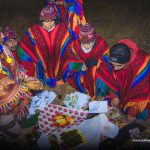
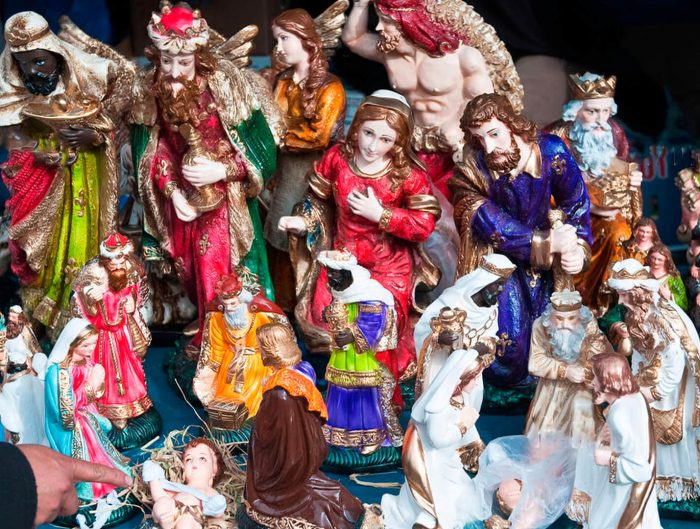
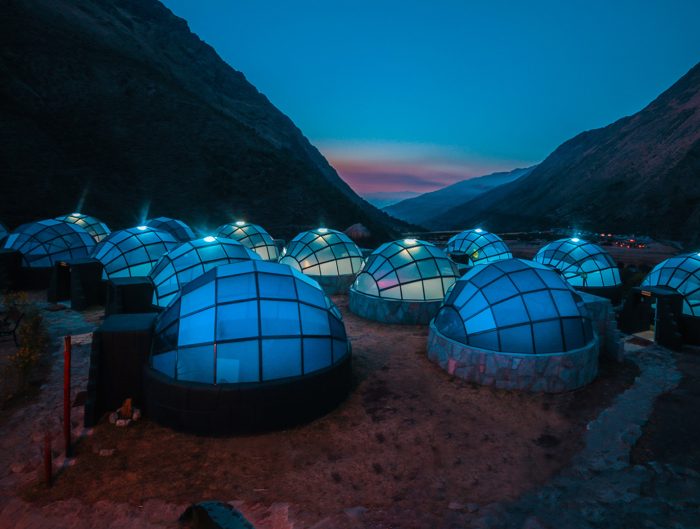
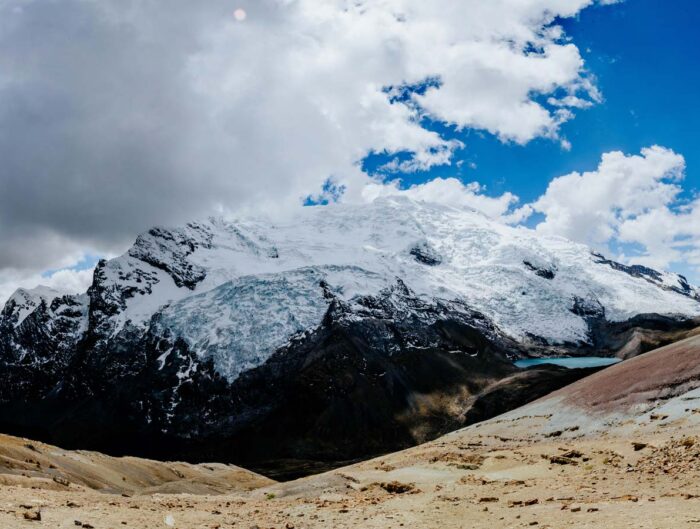
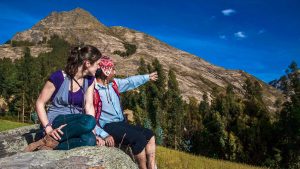

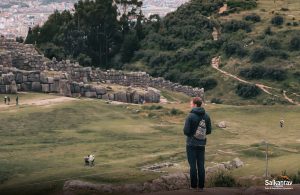
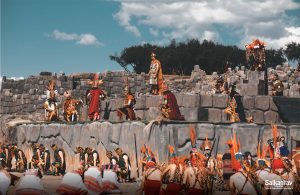
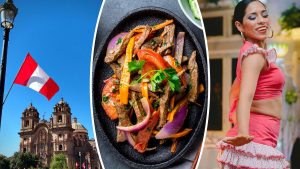


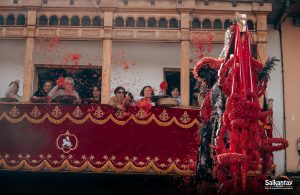
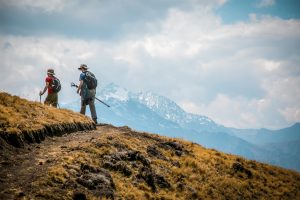

Leave A Reply